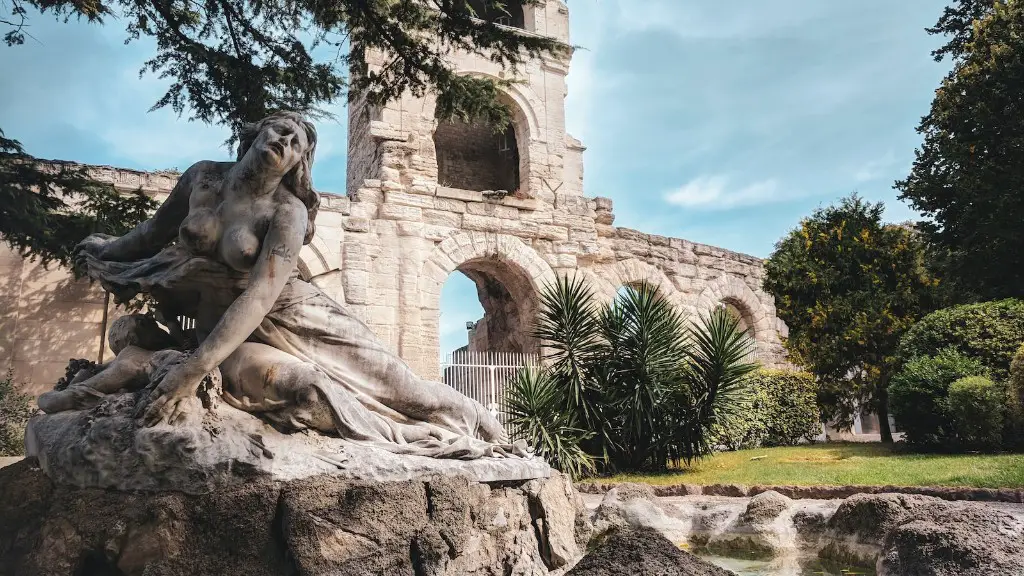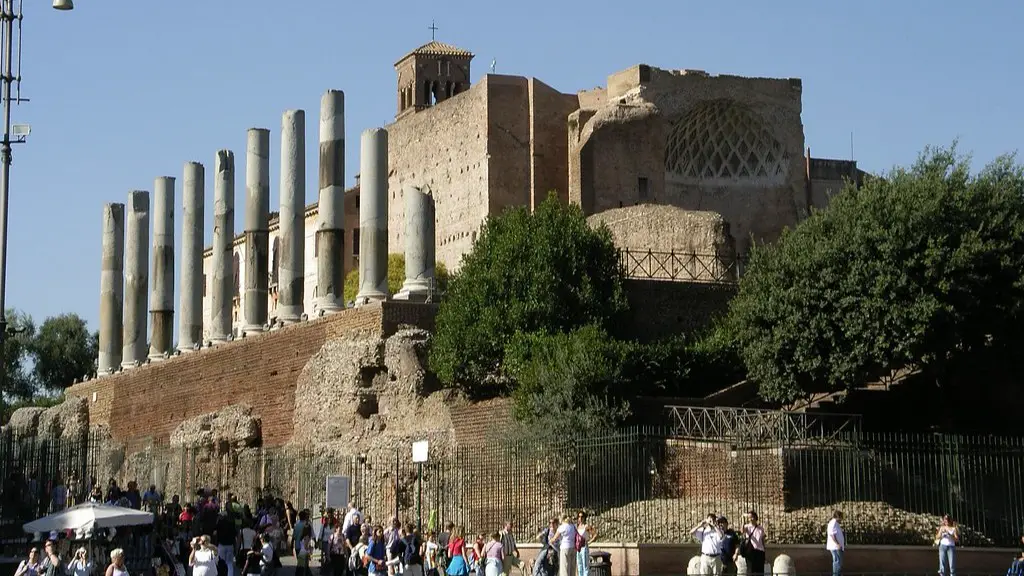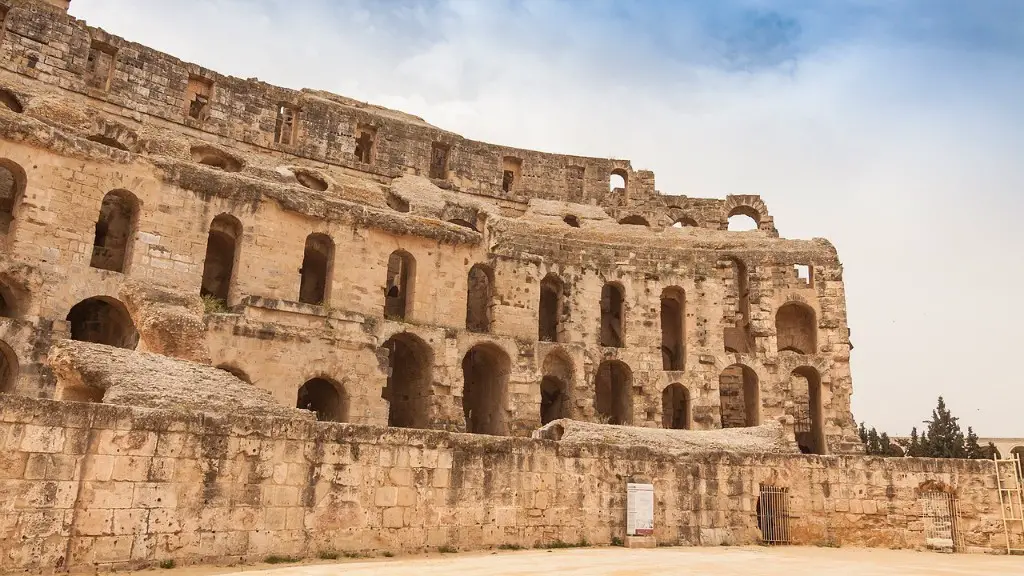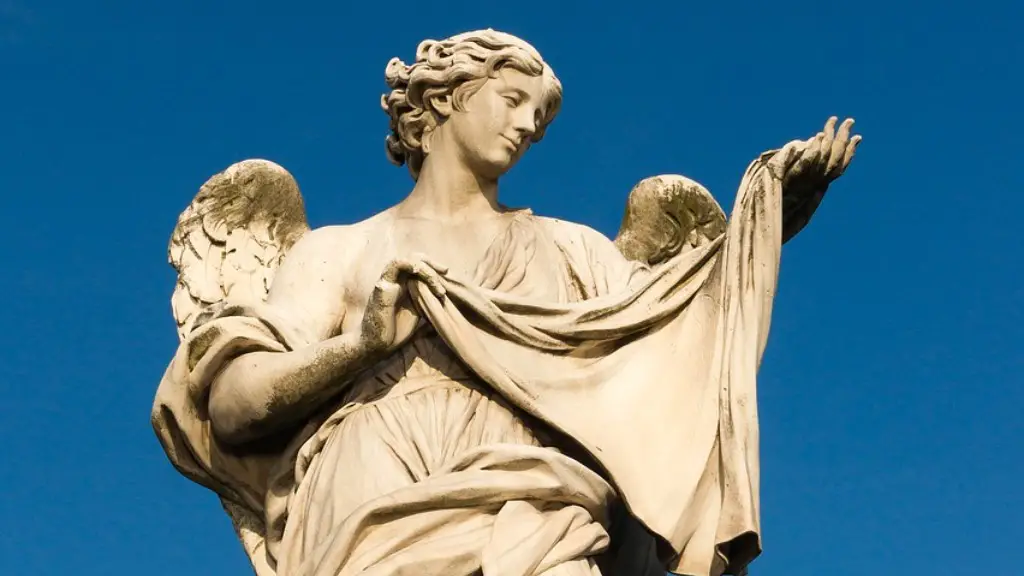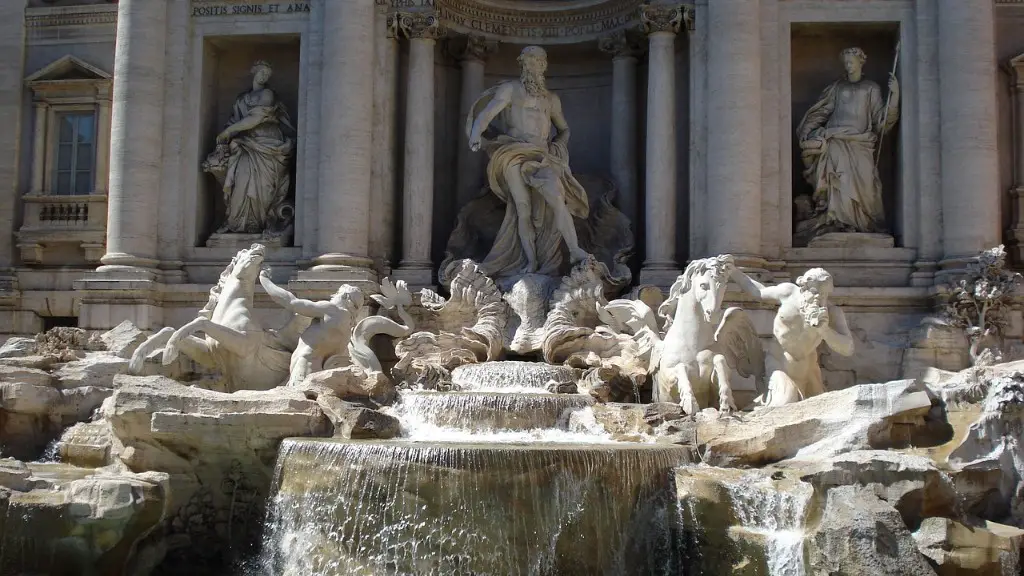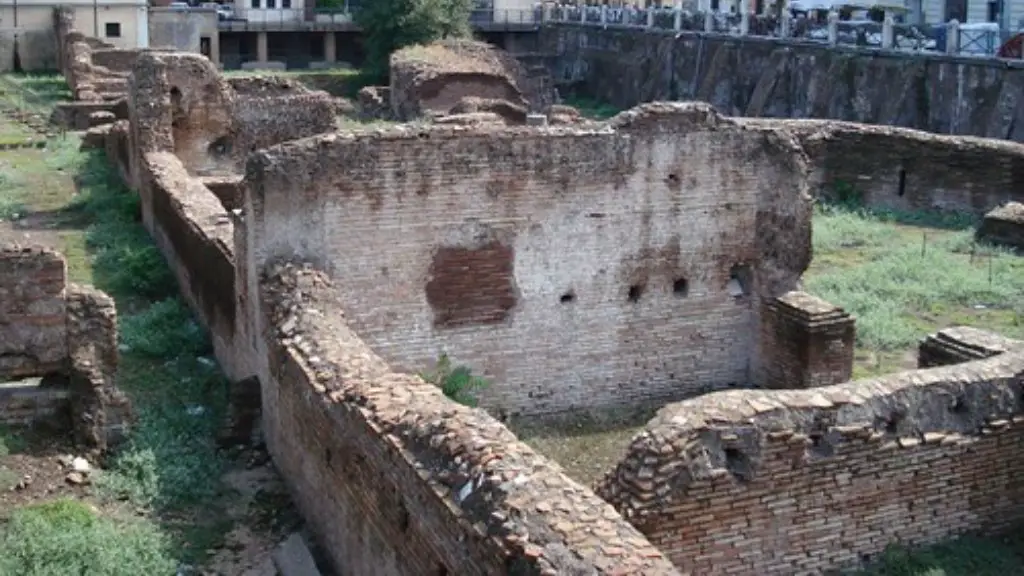Throughout its long and tumultuous history, the Roman Empire rose and fell, leaving behind monuments, priceless artifacts, and a legacy that stands the test of time. But what about the industries that powered the empire for centuries? The most important industry in Ancient Rome was undoubtedly trade.
Trade played an integral role in the Roman economy, with the empire’s ships venturing far and wide in search of goods to bring back to the markets and ports of Rome. These goods ranged from precious metals and rare fabrics to exotic spices and luxury items, all of which were highly coveted by the wealthy and powerful ruling class of Rome. In addition, Roman merchants were known to barter for goods with foreign tribes, and even to bring funds from conquered provinces back to the coffers of the empire.
While trade certainly produced a great deal of wealth for the city, there was another industry that provided an even more dependable source of income for Rome and its citizens. Agriculture was arguably the most important industry in the Roman Empire, with many of the population heavily involved in farming and livestock-rearing. Roman farmers found success in cultivating new and improved crops, as well as experimenting with new techniques and tools. This allowed them to produce an abundance of food, which was then delivered to Rome and other cities in the empire. Farming in Rome, as well as the provinces, provided employment and an important source of income which sustained, and even enriched, the vibrant society of Ancient Rome.
In addition to trade and farming, Roman industry also included crafts and artisans. Rome was home to a variety of skilled tradespeople, from glassblowers to potters and sculptors. These craftsmen created a variety of goods and products, from weapons to furniture and jewelry, which could be traded both locally and abroad. This industry greatly contributed to the wealth and prosperity of Rome, and provided employment for many of its citizens.
Though Rome was undoubtedly an empire of grandeur, its success was due in large part to its willingness to embrace new technologies and industries. Rome always had a large and diverse population, and its people were eager to explore and exploit the potential of their environment in order to produce goods for their own benefit and for the benefit of the wider empire. Trade, agriculture, and crafts were some of the key industries that helped Rome to achieve its greatness and to become one of the most important empires in history.
Transportation in Ancient Rome
Transportation was one of the most important aspects of Ancient Roman life, allowing goods and services to be transported across the vast expanse of the empire. Vast road networks were constructed, connecting settlements with the cities of Rome, Byzantium, and Constantinople. Goods were also transported via goods, with ships traveling up and down the rivers of the empire. Rome even used canals to connect some of its cities together, allowing goods to be transported quickly and efficiently. In addition to goods, people could also travel via Roman roads, allowing them to move from one region to another quickly and safely.
The Roman highway system was capable of carrying thousands of people and goods and was so well constructed that it often served as a model for other nations. This efficient transport of goods and services was a key part of the economy and helped to spread goods and services throughout the empire. In addition to the roads, the Roman Empire also had an extensive network of aqueducts and cisterns, which allowed them to bring fresh water from distant sources to major urban centers. These aqueducts also served to bring food and other goods to people in various parts of the empire.
The transportation networks of Ancient Rome were an integral part of its success and its economy, and helped to facilitate the expansion and growth of the empire. Without the efficient transportation networks of the Romans, the empire would not have been able to spread its goods, services, and culture throughout the known world.
Roman Currency
The currency of the Roman Empire was one of the most important aspects of its economy. The Roman denarii, for example, was a silver coin minted in 64 BC and widely used throughout the empire, although different regions had their own variations. The denarius remained in circulation until it was replaced by copper coins in the 4th century AD. The Roman Empire also introduced a number of other coins, such as gold aurei and bronze asses, as well as a variety of smaller coins for everyday transactions.
The denarii and other coins were used to pay taxes, wages, and fees. In addition, the Romans were known to use coins as a form of currency in trade, with different coins being used throughout the empire to pay for goods. This allowed them to control their economy and to manage their wealth effectively. The coins were also used to pay soldiers, which was essential in keeping the Roman armies strong and ready to defend the empire.
The Roman currency was essential to the success of the empire, and it allowed them to control their economy and to effectively manage their finances. The coins were a source of wealth and security, and were instrumental in keeping the Roman Empire prosperous for centuries.
Public Projects in Ancient Rome
Public projects were incredibly important in the Roman Empire, with cities, temples, monuments, and roads all requiring highly skilled labor and resources. The Roman government was able to fund these projects through taxation and public subscriptions, as well as state-owned slaves and other resources.
The projects undertaken by Rome were often monumental in scale and complexity, and some are still standing to this day. The Colosseum, the Pantheon, the Circus Maximus, and the Appian Way are just a few of the structures that have withstood the test of time and remain iconic symbols of the Roman Empire.
In addition to grand public projects, the Romans also built a number of smaller infrastructure projects such as aqueducts, bridges, and aqueducts, which allowed them to transport goods, resources, and even armies throughout the empire. These public works helped to sustain the vast populations of Rome and allowed for the efficient transport of goods and services.
The public projects of Ancient Rome were integral to its success and were key in allowing the society to thrive. The grand construction projects demonstrate the technical skills and ingenuity of the Romans, while the smaller infrastructure projects were instrumental in allowing Rome to efficiently manage its resources and its population.
Greek Influence on Ancient Roman Culture
The Roman Empire was deeply influenced by the Ancient Greek culture, with the Romans adopting many aspects of Greek culture and religion. This influence can be seen in Roman architecture and art, with many Roman monuments and sculptures modeled on, and inspired by, those of Greece. This influence can also be seen in Roman literature, as many of the Roman writers were themselves heavily influenced by the great Greek literature of their day.
The influence of Greek culture on Rome was most evident in the realm of religion, with the Romans adopting many of the Greek gods and incorporating them into their own pantheon. This led to the formation of Roman versions of Greek gods, such as Jupiter and Juno, which allowed the Romans to have their own interpretations of the Greek gods.
The influence of the Greeks on the Romans was also evident in their language. Latin, the official language of the Roman Empire, is heavily derived from Ancient Greek, with many of its words and grammatical structure based on the Greek language. This allowed the Romans to seamlessly integrate the language of their neighbors and to effectively communicate with one another.
The influence of the Ancient Greeks on the Roman Empire is undeniable. Greek culture, language, and religion were instrumental in allowing the Romans to develop their own culture and institutions, and to shape the future of the Western world.
Roman Art, Architecture and Sculpture
Roman art, architecture, and sculpture are some of the most iconic symbols of the Roman Empire. The Romans had a deep appreciation for the beauty of art and architecture, and their skill and creativity was evident in the grand monuments and sculptures that have survived to this day.
Roman architecture was characterized by its grand scale and grandeur, with many of their constructions standing the test of time. The Colosseum, the Pantheon, and the aqueducts are just a few of the impressive Roman monuments that remain. Roman sculpture was also incredibly adept, with artists producing works of great skill and beauty. The sculptures of Ancient Rome, ranging from statues of gods and emperors, to household items and figurines, provide us with a fascinating glimpse into the culture and lifestyle of the Roman era.
The art and architecture of the Romans was integral to their success, and it helped to shape their culture and spark the imaginations of future generations. The Roman Empire was home to some of the finest art, architecture, and sculpture of the ancient world, and this legacy endures to this day.
